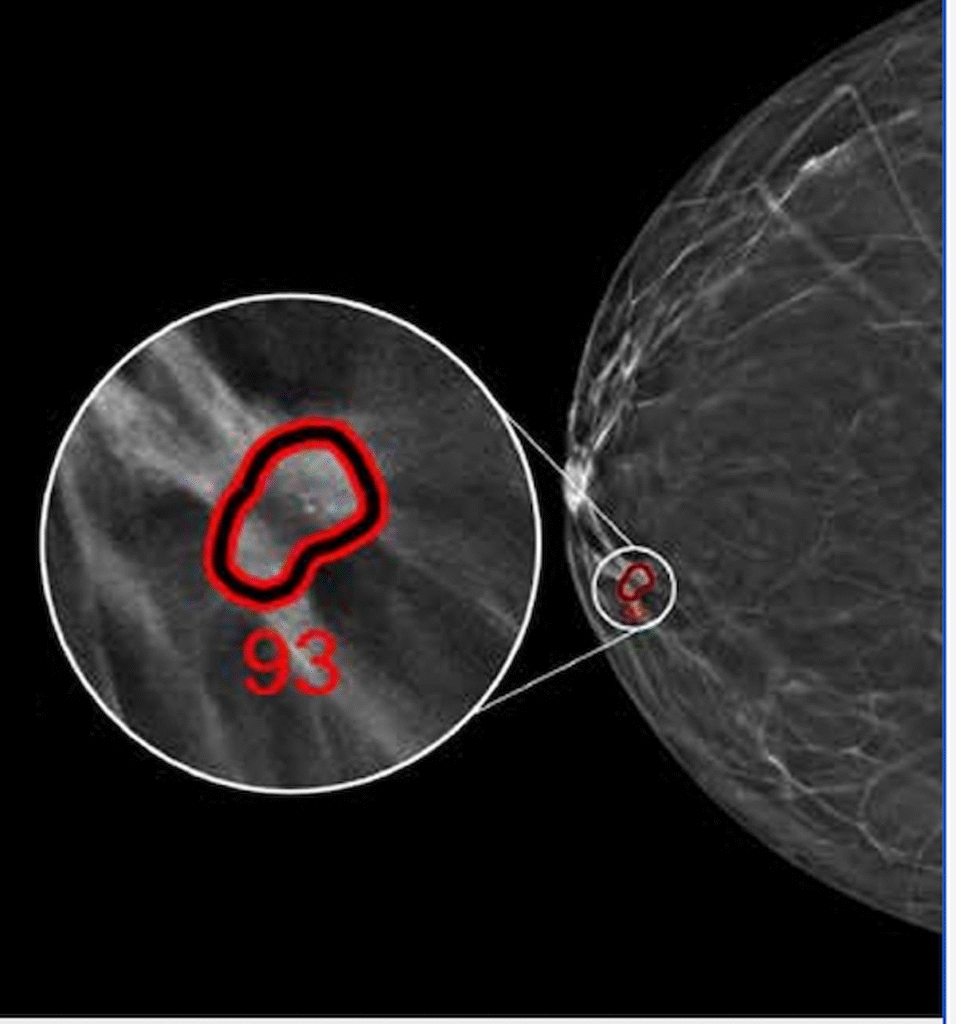As the healthcare landscape increasingly integrates technology, recent advancements in artificial intelligence (AI) offer a transformative potential for early breast cancer detection, especially in women with dense breast tissue. The recent 510(k) clearance received by iCAD’s ProFound Detection Version 4.0 is an important milestone. This AI-powered software provides significantly improved detection capabilities in comparison to its predecessor, rendering it a compelling subject for analysis in the realm of AI applications within healthcare diagnostics.
ProFound Detection Version 4.0 showcases a 50 percent improvement in diagnosing breast cancer in women with dense breasts compared to the previous version. This is particularly relevant given the challenges that dense breast tissue presents to traditional mammography. The AI software also claims notable advancements, such as a 60 percent improvement in invasive lobular cancer diagnosis, a 38 percent increase in detecting smaller cancers, and a 21 percent enhancement in identifying invasive breast cancer overall. These performance metrics are critical for healthcare providers who are looking to minimize the risk of missed diagnoses that can lead to worse patient outcomes.
In examining the strengths and weaknesses of ProFound Detection Version 4.0 in terms of cost, return on investment (ROI), and scalability, it is vital to consider not only its technical capabilities but also its integration into existing healthcare systems. The improved detection rates could potentially lead to a higher number of early-stage cancer diagnoses, which historically signify better treatment options and better patient prognoses. Such outcomes can translate into substantial cost savings in healthcare over time, as early detection generally leads to less extensive treatment options and lower associated healthcare costs.
Moreover, the software’s promise to reduce false positives by 20 percent for vascular calcifications and 51 percent for non-vascular calcifications is notable. False positives can lead to unnecessary biopsies, added patient anxiety, and wasted healthcare resources. By mitigating these risks, ProFound Detection Version 4.0 offers not only a more streamlined workflow for radiologists but also improves patient satisfaction, a crucial consideration in today’s healthcare market.
In terms of scalability, the software’s ability to incorporate prior DBT examinations into AI analysis may enhance its long-term value proposition. This feature not only augments its diagnostic capabilities but also facilitates a more comprehensive understanding of patient history, thereby contributing further to improved accuracy. For SMB leaders contemplating the adoption of such advanced technologies, understanding these nuances can help in making informed decisions regarding technology investments.
As SMBs evaluate different automation platforms, the decision-making process can benefit from comparative analyses, much like evaluating ProFound Detection with alternative solutions in AI diagnostic imaging, for instance, comparing platforms like Make against Zapier for process automation. These platforms differ in pricing structures, ease of integration, and scalability potential. Platforms like Zapier may offer greater compatibility with existing business tools and are user-friendly, thereby providing a quicker learning curve. In contrast, Make boasts more extensive customization options, which could lead to greater efficiency for technically-savvy teams.
The choice of an AI platform must also correlate with specific business needs and objectives. Higher upfront costs in sophisticated tools like ProFound Detection may be deemed worthwhile if they yield substantial improvements in outcomes, patient care quality, and operational efficiency over time.
In conclusion, the launch of ProFound Detection Version 4.0 encapsulates the potential of AI to enhance diagnostic capabilities in breast cancer detection, especially in challenging cases like dense breast tissue. As an SMB leader or automation specialist, the embrace of AI tools must be approached with a clear understanding of their strengths, weaknesses, and potential ROI. Selecting the right platform should not only focus on immediate cost implications but should also consider long-term impacts on healthcare efficiencies and patient outcomes.
FlowMind AI Insight: As AI continues to revolutionize the healthcare landscape, tools like ProFound Detection Version 4.0 exemplify the critical need for strategic investment in technology that offers both improved clinical outcomes and operational efficiencies. Decision-makers must prioritize platforms that align well with their strategic goals to maximize returns on their investments in AI and automation.
Original article: Read here
2024-11-12 08:00:00

